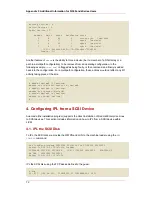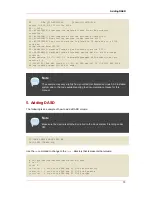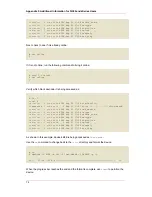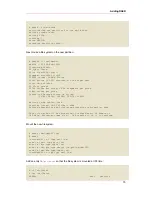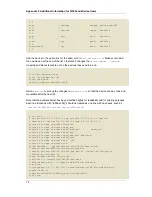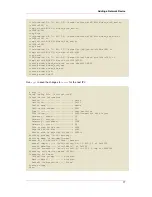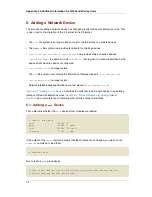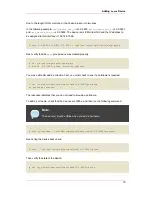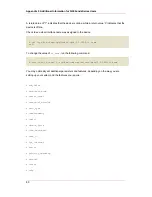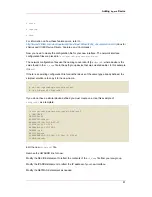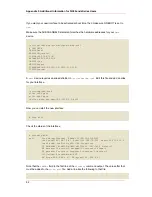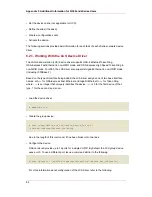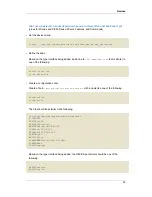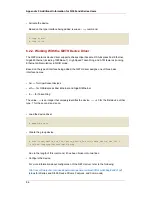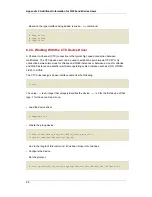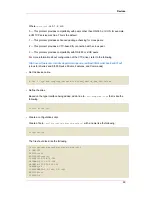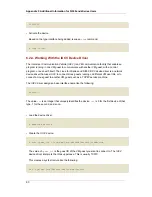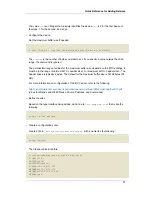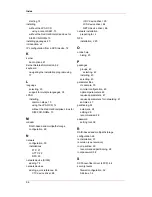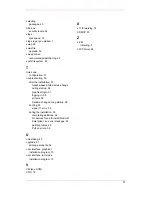
• Activate the device.
Based on the type interface being added, issue an
ifup
command:
# ifup eth<n>
# ifup tr<n>
6.2.2. Working With the QETH Device Driver
The QETH network device driver supports zSeries HiperSockets, OSA-Express Fast Ethernet,
Gigabit Ethernet (including 1000Base-T), High Speed Token Ring, and ATM features (running
Ethernet LAN emulation) in QDIO mode.
Based on the type of interface being added, the QETH driver assigns one of three base
interface names:
• hsi
<n>
for HiperSocket devices
• eth
<n>
for OSA-Express Fast Ethernet and Gigabit Ethernet
• tr
<n>
for Token Ring
The value
<n>
is an integer that uniquely identifies the device.
<n>
is 0 for the first device of that
type, 1 for the second, and so on.
• Load the device driver:
# modprobe qeth
• Create the group device:
# echo <read_device_bus_id>,<write_device_bus_id>,<data_device_bus_id> >
/sys/bus/ccwgroup/drivers/qeth/group
Due to the length of this command, it has been broken into two lines.
• Configure the device.
For more information about configuration of the QETH driver, refer to the following:
http://oss.software.ibm.com/developerworks/opensource/linux390/docu/lx26apr04dd01.pdf
(Linux for zSeries and S/390 Device Drivers, Features, and Commands)
Appendix F. Additional Information for S/390 and zSeries Users
86
Summary of Contents for ENTERPRISE LINUX 3 - FOR IBM S-390 AND IBM ESERVER ZSERIES
Page 2: ...Red Hat Enterprise Linux 4 ...
Page 4: ...Red Hat Enterprise Linux 4 ...
Page 56: ...46 ...
Page 64: ...54 ...
Page 70: ...60 ...
Page 104: ...94 ...
Page 108: ...98 ...

